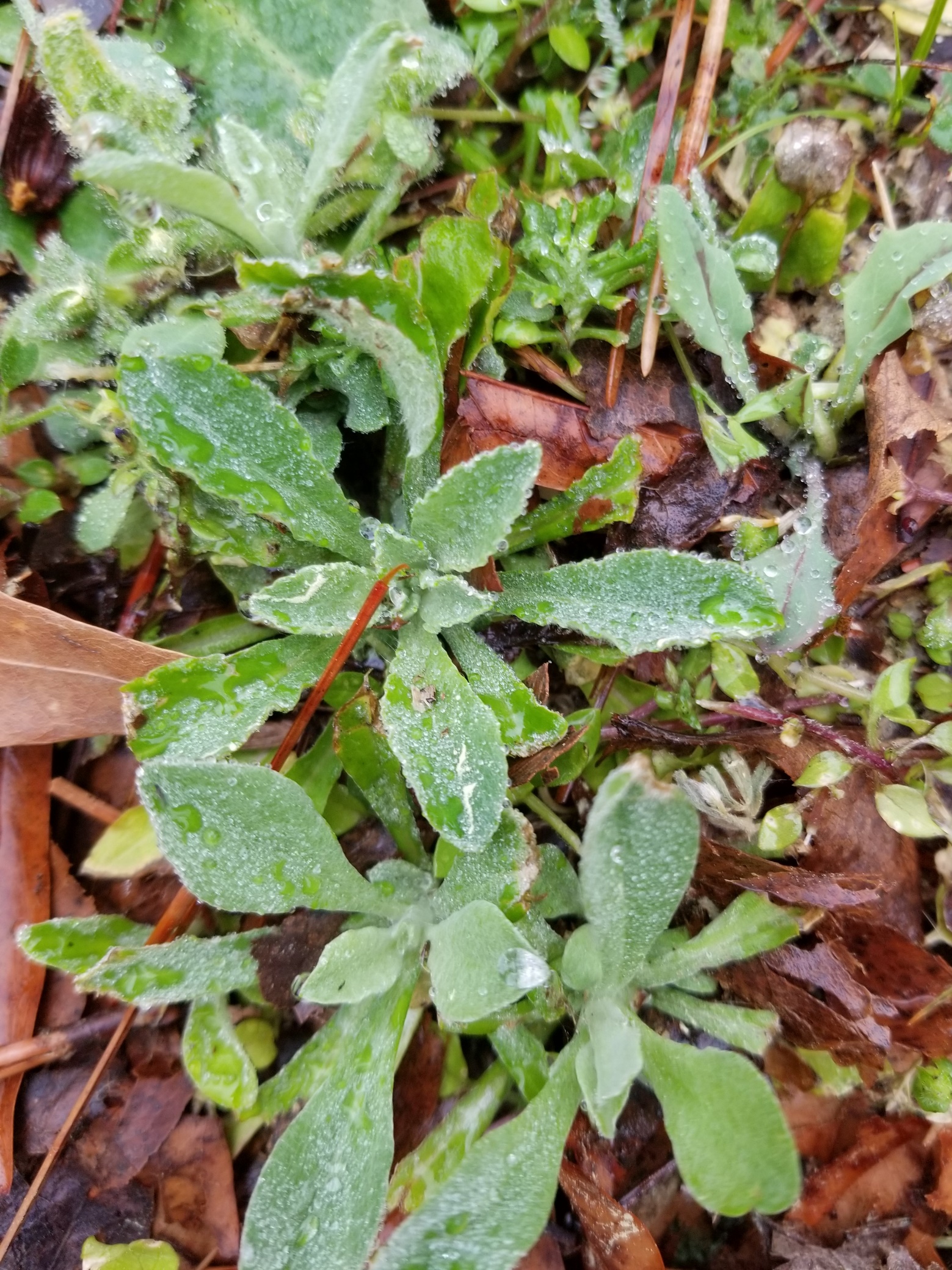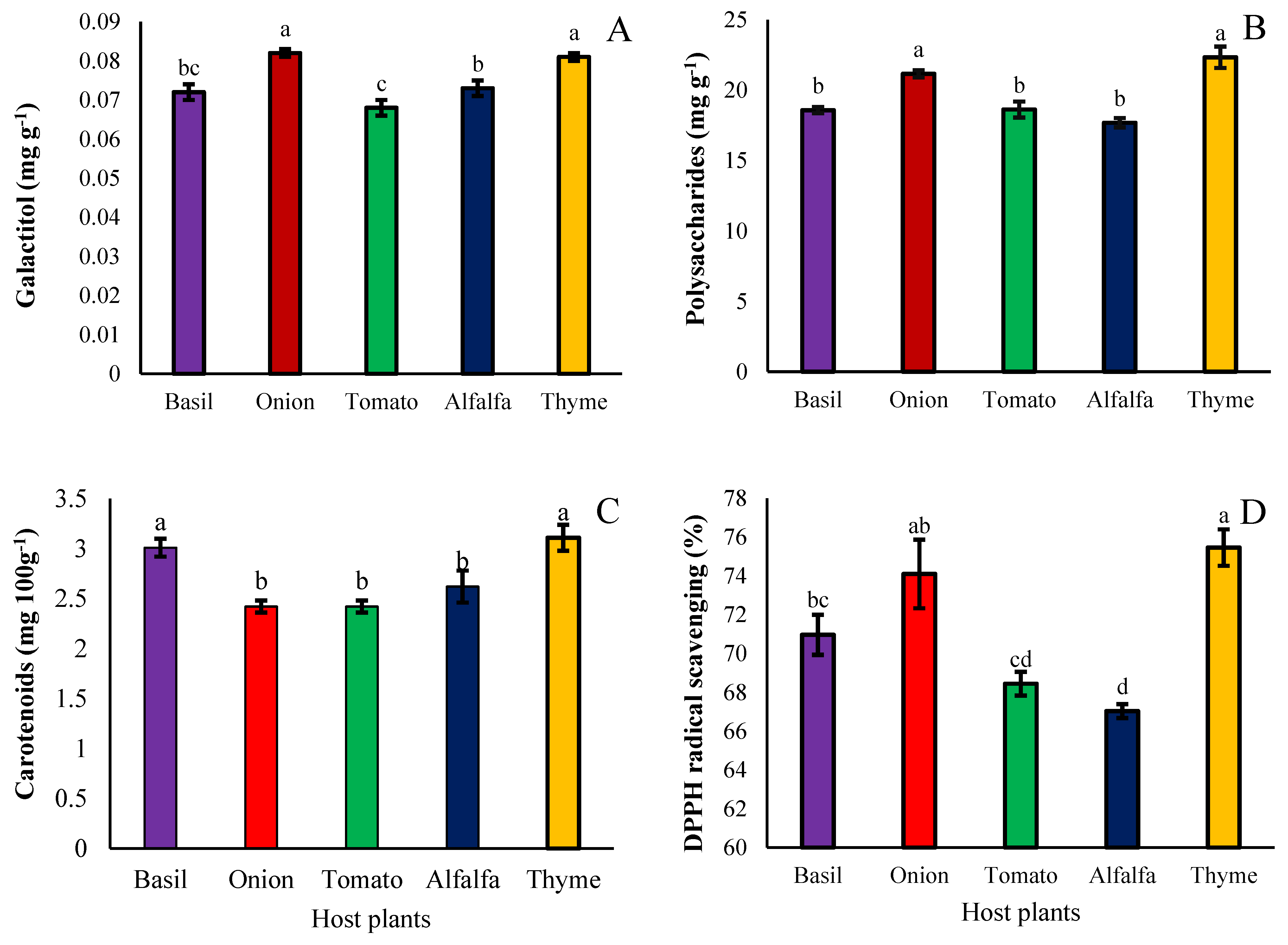So, you hear folks talking about Gnaphalium affine, right? Cudweed, as some call it. Lots of chatter about what it does, its supposed benefits. Well, my journey with it wasn’t some textbook case. It was more like stumbling into something when I wasn’t really looking.
I remember this one period, a while back, I was just feeling constantly run down. Not really sick, you understand, but just heavy, like I was wading through treacle every day. My energy was just…gone. I’d heard bits and pieces about old remedies, things my grandparents might have used, but I’d always been a bit dismissive, you know? Thought it was all old wives’ tales.
Anyway, I was trying to get out more, just to walk and get some air. One afternoon, I spotted these small, woolly-looking plants growing wild along a path. They looked kind of familiar. Later on, I actually bothered to look them up. And what do you know, it was Gnaphalium affine. The very same stuff I’d heard mentioned.
So, I figured, why not give it a go? Couldn’t hurt, right? First, I had to be absolutely sure I was picking the right thing. I spent a fair bit of time comparing it to photos online, really examining the leaves, the way the flowers looked. You don’t want to mess that up.

Once I was confident, I gathered a small bunch. Washed them real thorough when I got home. I’d read that people use it in cooking, like in those traditional green dumplings, but I wanted to start simple. So, I just decided to try making a kind of tea. Just steeped a few of the fresh leaves and flowers in hot water for a bit.
My Own Take on It
Now, don’t go thinking this was some miracle cure. It wasn’t like I drank a cup and suddenly felt like a superhero. That’s not how these things work, in my experience. I started drinking a small cup of this mild Cudweed infusion most days. And slowly, I did notice a few things.
- I reckon my digestion felt a bit better. Less of that bloated, uncomfortable feeling after meals.
- And maybe it was just me, but I felt a little… lighter? Not physically, but my mood. Less of that constant fog.
But here’s the thing, around that same time, I was also making other changes. I was actively trying to eat better, cutting out a lot of junk, making sure I got more sleep. So, was it all down to the Gnaphalium? Probably not solely. I think it was a piece of the puzzle. It felt like it supported the other good stuff I was trying to do.
For me, this whole experience with Gnaphalium affine became about more than just a plant. It was about slowing down, paying attention to the small things, and connecting with something very basic and natural. We’re always chasing the next big thing, the latest fads, and here’s this humble little plant, just growing quietly, that people have known about for generations.

I even attempted making those savory rice cakes with it once. Chopped up the fresh Cudweed, mixed it into the rice flour dough. It was a bit of an effort, and my cakes weren’t exactly pretty. But there was something really satisfying about eating something I’d found and prepared myself.
So, that’s my story with Gnaphalium affine. No dramatic transformations, no earth-shattering revelations. Just a gentle, quiet plant that became a small part of my effort to feel a bit better. It was a reminder that sometimes the simplest things can make a difference, especially when you take the time to engage with them properly. It’s not about magic, it’s about that simple act of doing, of trying, of connecting.

